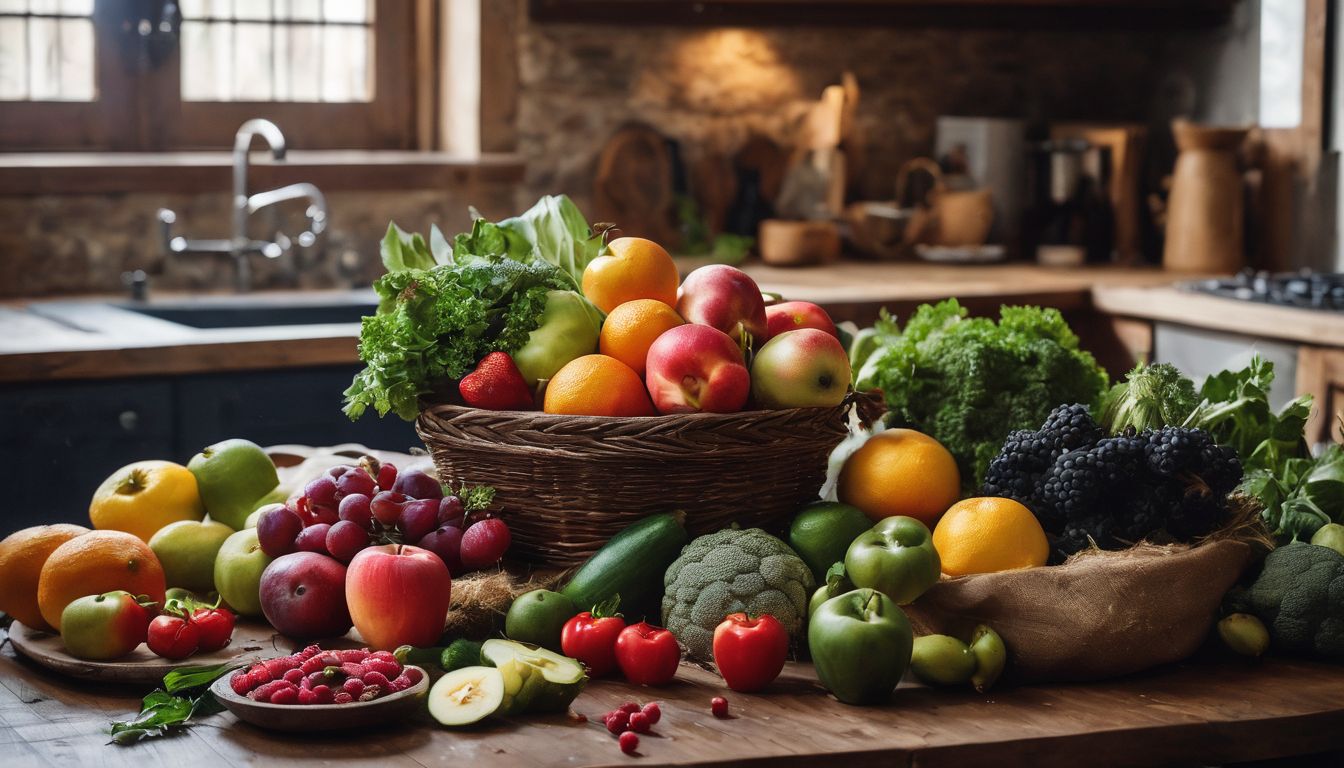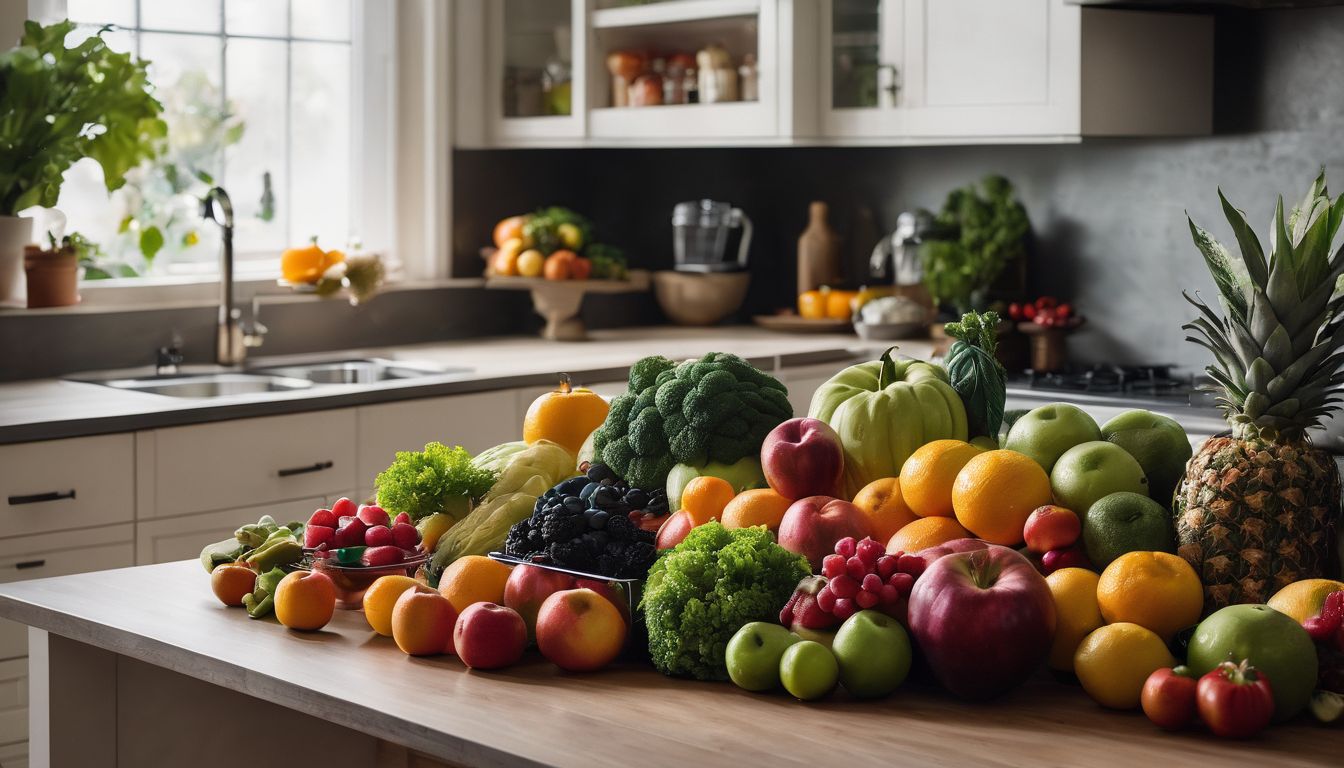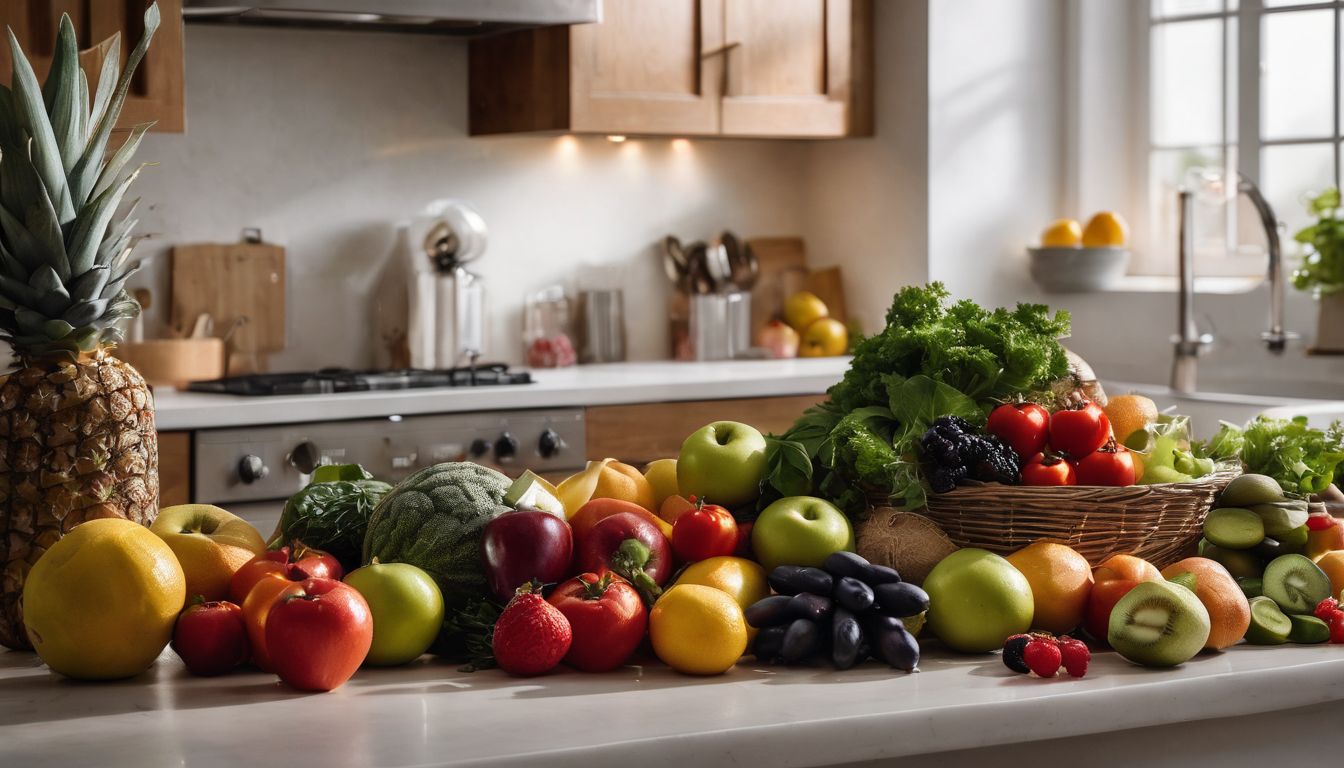Recently, I have read more and more articles questioning the safety of mainstream beauty products, such as lip balm. I found the list of toxins in these (often expensive) products to be slightly terrifying and decided to take matters into my own hands! This guide includes a recipe and instructions for a non-toxic, eco-friendly lip balm.
BENEFITS FOR THE ENVIRONMENT:
To make matters more confusing, green brands are often owned by larger companies that do not follow sustainable practices. For example, Burt’s Bees, an extremely popular “green” lip balm brand, is in fact owned by bleach giant Clorox. One would not realize this by looking at Burt’s Bees website, which emphasizes the quaint history of Burt’s Bees and not the current situation, which is that co-founder Roxanne Quinby sold the 80% of the company to a private equity firm, who then turned around and sold it to Clorox for $913 million in 2007.3
BENEFITS FOR YOUR HEALTH:
We end up inevitably consuming lip balm through eating and drinking. In 2007, The Campaign for Safe Cosmetics released a study that found that more than half of 33 lipstick brands contained harmful levels of lead. However, the Food and Drug Administration concluded that these amounts of lead were not cause for concern and has not set limits on lead in cosmetics.
Therefore, loose regulation on the cosmetics industry allows manufacturers to leave toxins off of product labels. For example, since the existence of heavy metals in many products are considered unintentional by-products, they are not required to be on packaging.4 Lip glosses especially have been noted for their high levels of lead, arsenic, and cadmium.5 While the levels of these toxins may seem inconsequential to us as consumers, their impacts on our health are large. Chronic, low level exposure to cadmium, for instance, can lead to serious kidney problems.6
This discrepancy between labels and ingredients makes it very difficult to make an educated consumer choice. Katharine Hammond, a professor of environmental health at the University of California Berkeley’s School of Public Health, stated, “It’s not practical for a woman to buy, say, 12 products and send them off for testing.” She added that products referred to “natural” on the labeling could be misleading, since metals are in fact natural.7
BENEFITS FOR ANIMALS:
By making the lip balm yourself, you avoid accidentally supporting animal testing. For more information on the debate surrounding animal testing read here .
Cost: Moderately Low. In the long term, making your own lip balm is cost-effective because the materials can be bought in bulk and can be used to make many batches.
Time and Effort: Moderately Low. After buying the materials, the actual process of making the lip balm only took me about 30 minutes. Once the liquid lip balm is in the containers, you can either let it harden overnight as is or stick it in the fridge.
Ingredients:8
- 1 cup shaved beeswax
- 3 tbsp coconut oil
- 1 tsp vitamin E oil
- 2-3 drops of tea tree oil
Additional materials needed:10
- Plastic containers for the lip balm
- Stove
- 2 pots or a double boiler
- Mixing spoon
- Tablespoon
- Teaspoon
Instructions:11
- Melt beeswax using a double boiling system. If you don’t have a double boiler, you can boil water in a regular-sized pot and melt the beeswax in a smaller pot or saucepan placed on top of the boiling water.
- Once the beeswax is melted, stir in the coconut oil until it is melted as well.
- Add the vitamin E oil and the tea tree oil to the melted beeswax and coconut oil mixture.
- While the mixture is still hot, pour into respective containers. Do this step quickly because the lip balm will begin to solidify in the pot.
- Let harden overnight. Enjoy!




